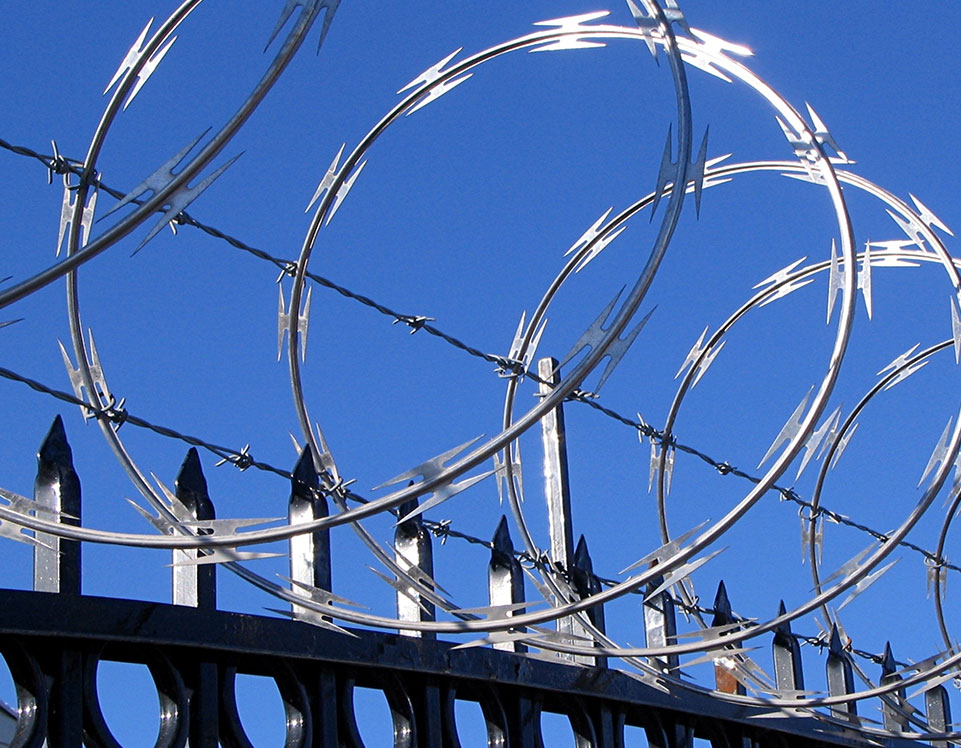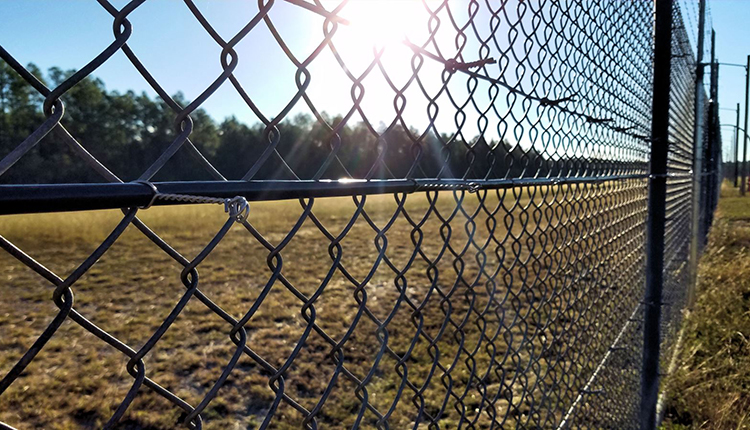The Value of a Fiber Optic Security System in Protecting Critical Infrastructure and Facilities
The Value of a Fiber Optic Security System in Protecting Critical Infrastructure and Facilities
Blog Article
Why Fiber Optic Safety Solutions Are the Future of Security
The shift to fiber optic security systems notes a significant improvement in the world of protection, driven by their outstanding data transmission capacities and durability to outside disturbances. As the landscape of safety and security develops together with emerging modern technologies such as AI and IoT, the potential for fiber optics to enhance and redefine security frameworks ends up being increasingly obvious.
Benefits of Fiber Optic Equipments
Among the key advantages of fiber optic systems is their superior bandwidth ability, which promotes the transmission of large volumes of information over cross countries without substantial loss. This characteristic is specifically useful for safety and security applications that call for the constant surveillance and transfer of high-definition video clip feeds, sensor data, and other vital information. Fiber optics can accommodate the expanding needs of modern-day safety and security systems, ensuring that information continues to be undamaged and reliable.
Furthermore, fiber optic cable televisions are less vulnerable to electromagnetic interference, which can be a substantial concern in environments with numerous electronic tools. This resistance boosts the integrity of the information being transferred, thus reducing the danger of information breaches or system failings. Fiber optic systems are inherently a lot more protected than conventional copper cords, as touching right into a fiber optic line without detection is extremely tough.
The resilience of fiber optic wires also adds to their allure. They are resistant to environmental factors such as wetness and temperature level fluctuations, minimizing upkeep prices and raising system long life. Overall, these benefits placement fiber optic systems as a durable and reliable selection for contemporary safety frameworks, making sure trusted and protected data transmission.
Boosted Data Transmission Speed

The capability to send large quantities of information swiftly facilitates the seamless assimilation of high-definition video clip feeds and advanced analytics. Safety and security systems can currently process and assess details in real-time, improving feedback times and situational recognition. In addition, fiber optic connections sustain longer transmission distances without degradation of signal high quality, making them suitable for large security networks.
The enhanced rate of fiber optic systems not just enhances the effectiveness of safety and security procedures however also decreases latency. This is specifically essential in vital situations where timely decision-making can stop protection violations or mitigate potential dangers. As organizations remain to prioritize safety and security and effectiveness, the check my reference demand for fast and reputable information transmission will most certainly strengthen fiber optic systems as a keystone of modern-day safety and security facilities.
Resistance to Disturbance
Fiber optic protection systems constantly show extraordinary resistance to electromagnetic interference, an essential advantage in environments vulnerable to electronic noise. Unlike traditional copper wires, which can be negatively affected by magnetic fields, radio regularity disturbance, and other kinds of electric disturbance, fiber optic wires use light to transfer data. This integral residential or commercial property ensures that the signals continue to be clear and unaltered, no matter of surrounding electronic task.
Making use of glass or plastic fibers in fiber optic innovation develops an obstacle versus interference, enabling reliable data transmission also in difficult circumstances such as commercial facilities, metropolitan areas site with high electronic website traffic, or locations near radio towers. This particular substantially decreases the chance of signal deterioration or loss, making fiber optic systems specifically suitable for safety applications where honesty and accuracy of information are vital.
Additionally, this resistance to disturbance boosts the overall efficiency and integrity of safety systems, guaranteeing that surveillance and sharp systems function perfectly. In a globe where security is increasingly endangered by innovative modern technologies, the resilience of fiber optic systems stands apart as an essential attribute, reinforcing their condition as an essential component of contemporary safety facilities.
Cost-Effectiveness With Time
Substantial expense savings can be achieved with time with the execution of fiber optic security systems. While the initial investment might appear higher compared to traditional copper-based systems, the long-lasting monetary advantages come to be noticeable via lowered functional and upkeep expenses (fiber security). Fiber optic wires are naturally extra sturdy and much less prone to environmental elements, which converts to reduce substitute and fixing expenditures over their life expectancy
Moreover, fiber optic systems require much less power to operate, which further reduces energy expenses. Enhanced information transmission capabilities enable fewer repeaters and amplifiers, decreasing devices investment and simplifying setup procedures. The scalability of these systems also adds to cost-effectiveness, as organizations can broaden their security infrastructure without incurring substantial additional costs.
Another element to consider is the raised effectiveness in surveillance and response abilities that optical fiber provide. Improved real-time information transmission can cause quicker incident reaction times, possibly mitigating losses and liabilities related to protection violations. In amount, the long-term advantages of fiber optic safety systems not just warrant the initial expenditure however also position them as an economically sensible selection for companies looking go to my site for robust defense solutions.

Future Developments in Protection
Progressing innovations are readied to revolutionize safety and security systems, incorporating artificial intelligence (AI) and artificial intelligence to enhance risk discovery and feedback capacities. These developments will enable safety and security systems to assess large quantities of data in real-time, determining patterns and abnormalities that indicate prospective dangers. This aggressive strategy will make it possible for faster decision-making and a lot more reliable incident reactions.
Furthermore, the unification of the Net of Points (IoT) is leading the way for interconnected safety gadgets, using detailed security and tracking. Smart sensing units can pass on details concerning ecological adjustments, while automated signals can alert protection workers instantly of questionable activities.
Furthermore, the evolution of biometric technologies will better strengthen security mechanisms. Face acknowledgment, fingerprint scanning, and retina identification are coming to be extra advanced, supplying layers of verification that are tough to bypass.
Final Thought
Finally, fiber optic protection systems stand for a considerable improvement in security technology, supplying unrivaled information transmission speed, resistance to electromagnetic interference, and long-term cost-effectiveness. As the need for advanced safety and security solutions proceeds to grow, the combination of fiber optics with arising innovations such as AI, IoT, and biometrics will better enhance security facilities (fiber security). The combination of these innovations will certainly ensure an extra safe and receptive environment, strengthening optical fiber as a foundation of future protection systems
Report this page